Home>Construction & Tools>Building Materials>What Is A Brick Slip
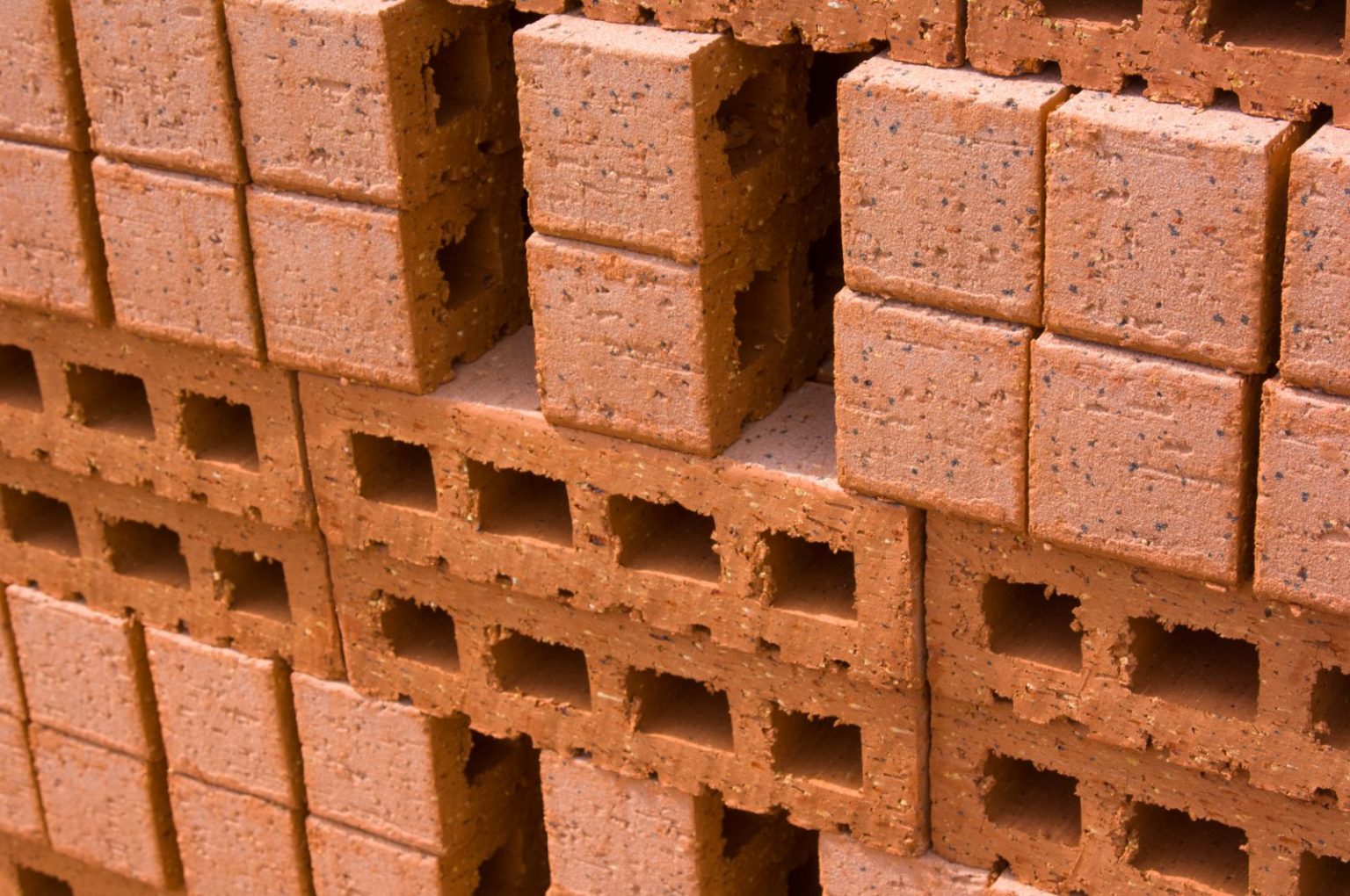

Building Materials
What Is A Brick Slip
Published: January 23, 2024
Discover the benefits of brick slips as a versatile building material. Learn how brick slips can enhance the aesthetic appeal and functionality of your property. Explore our range of high-quality building materials.
(Many of the links in this article redirect to a specific reviewed product. Your purchase of these products through affiliate links helps to generate commission for Storables.com, at no extra cost. Learn more)
Introduction
Read more: How To Make Brick Slips
What Are Brick Slips?
When it comes to adding character and charm to a space, brick slips have emerged as a popular choice among homeowners, interior designers, and architects. These versatile building materials offer the rustic appeal of traditional bricks while providing flexibility in terms of installation and design. Whether you’re looking to revamp your interior walls, create a striking feature wall, or enhance the exterior facade of your property, brick slips offer a compelling solution that combines aesthetic appeal with practicality.
Understanding the nuances of brick slips, including their definition, uses, installation process, and pros and cons, can empower you to make informed decisions when considering them for your next construction or renovation project.
In this comprehensive guide, we’ll delve into the world of brick slips, exploring their characteristics, applications, and the factors that make them a noteworthy choice in the realm of building materials.
Key Takeaways:
- Brick slips are thin sections of genuine clay bricks that offer the rustic charm of traditional bricks with the flexibility of installation and design. They can be used for interior walls, exterior facades, fireplace surrounds, commercial spaces, and even furniture and decor.
- The installation process of brick slips involves surface preparation, adhesive application, brick slip placement, grouting, and optional sealing. They offer advantages such as aesthetic versatility, space efficiency, lightweight nature, flexibility, insulation, minimal maintenance, and speed of installation. However, potential disadvantages include initial cost, installation expertise, maintenance considerations, color variation, moisture management, and surface preparation.
Definition of Brick Slip
Brick slips, also known as brick tiles or brick veneers, are thin sections of brick typically measuring around 20-25mm in thickness. These slices are crafted from genuine clay bricks, providing an authentic appearance that closely resembles traditional brickwork. The manufacturing process involves cutting full-sized bricks into smaller sections, resulting in individual brick slips that retain the texture, color, and finish of standard bricks.
One of the defining features of brick slips is their adaptability. They can be utilized in both interior and exterior settings, offering a versatile solution for enhancing various architectural elements. From accentuating fireplace surrounds and kitchen backsplashes to revitalizing exterior walls and creating captivating feature walls, brick slips serve as a dynamic design element that can be tailored to suit diverse aesthetic preferences.
These versatile building materials come in a wide array of colors, textures, and sizes, enabling individuals to achieve their desired look while seamlessly integrating brick slips into their existing decor or architectural vision. Furthermore, brick slips are available in different profiles, including flat, corner, and canted variations, facilitating seamless installation and ensuring a cohesive finish.
Brick slips are often lauded for their lightweight nature, which contributes to ease of handling and installation. This characteristic makes them particularly suitable for applications where the weight of traditional bricks may pose structural or logistical challenges. Additionally, the relatively slim profile of brick slips allows for efficient use of space, making them an ideal choice for projects where space optimization is a priority.
Ultimately, brick slips encapsulate the timeless appeal of brickwork in a practical, adaptable form, offering a compelling solution for those seeking to infuse their spaces with the enduring charm of bricks while benefiting from the flexibility and convenience that brick slips afford.
Uses of Brick Slips
Brick slips are prized for their versatility, finding application in a diverse range of architectural and interior design contexts. Their adaptability and aesthetic appeal make them a popular choice for both residential and commercial projects. Here are some common uses of brick slips:
- Interior Walls: Brick slips are frequently employed to adorn interior walls, adding warmth and character to living spaces, kitchens, dining areas, and bedrooms. They can be utilized to create accent walls, focal points, or entire wall coverings, infusing interiors with a rustic, inviting ambiance.
- Exterior Facades: Enhancing the exterior facade of buildings with brick slips imparts a timeless, elegant aesthetic. Whether used to embellish entire facades or to create striking architectural details, such as window surrounds or entrance features, brick slips lend a sense of heritage and authenticity to external structures.
- Fireplace Surrounds: The use of brick slips to adorn fireplace surrounds adds a touch of traditional charm, creating a cozy and inviting focal point within living spaces. The rich textures and earthy tones of brick slips contribute to the creation of a welcoming ambiance around the hearth.
- Commercial Spaces: From restaurants and retail outlets to offices and hospitality venues, brick slips are utilized to infuse commercial environments with a distinctive aesthetic. They can be employed to delineate zones, enhance branding, or evoke specific atmospheres, contributing to memorable and visually engaging interiors.
- Furniture and Decor: In addition to wall applications, brick slips are creatively integrated into furniture design and decor elements. From countertops and shelving to feature panels and decorative accents, brick slips offer a unique way to introduce the allure of brickwork into various design elements.
By incorporating brick slips into these diverse settings, individuals and designers can leverage their aesthetic and functional benefits to achieve captivating, personalized spaces that exude character and style.
Installation Process
The installation of brick slips involves a systematic process that, when executed with precision, yields a visually striking and durable result. Here’s an overview of the typical steps involved in installing brick slips:
- Surface Preparation: The surface to which the brick slips will be affixed must be clean, dry, and structurally sound. Any existing finishes or debris should be removed, and the surface should be primed to promote adhesion.
- Application of Adhesive: A suitable adhesive, such as a polymer-modified mortar, is applied to the back of each brick slip using a notched trowel. This ensures even coverage and strong adhesion to the substrate.
- Brick Slip Placement: The brick slips are carefully positioned onto the adhesive-coated surface, with spacers used to maintain consistent joint widths and ensure precise alignment.
- Grouting: Once the adhesive has set, the joints between the brick slips are filled with grout, which can be color-matched to the brick slips for a seamless appearance. Excess grout is then wiped away to achieve clean, uniform joints.
- Sealing (Optional): Depending on the specific requirements of the project, the installed brick slips may be sealed to enhance their resistance to moisture, staining, and general wear. This step is particularly relevant for applications in high-traffic or moisture-prone areas.
It’s important to note that the installation process may vary based on factors such as the substrate material, the desired pattern or layout, and the specific characteristics of the brick slips being used. Additionally, seeking professional guidance or enlisting the services of experienced installers can help ensure that the installation is carried out in accordance with best practices, resulting in a visually appealing and long-lasting outcome.
By following these fundamental steps and adhering to industry-recommended techniques, the installation of brick slips can be executed with precision, culminating in visually stunning surfaces that exude the timeless allure of brickwork.
Brick slips are thin slices of brick used to give walls a brick-like appearance. They are lightweight, easy to install, and can be used both indoors and outdoors to create a rustic or modern look.
Read more: What Makes Non-Slip Shoes Non-Slip
Advantages of Using Brick Slips
Brick slips offer a host of advantages that contribute to their widespread appeal in the realm of construction and design. Here are some key benefits associated with the use of brick slips:
- Aesthetic Versatility: Brick slips are available in an extensive range of colors, textures, and finishes, allowing for diverse design possibilities and the creation of customized looks to suit various architectural styles and interior themes.
- Space Efficiency: Their slim profile makes brick slips an efficient choice for projects where space optimization is crucial. They provide the aesthetic appeal of traditional bricks without imposing the same spatial demands.
- Lightweight Nature: Compared to full-sized bricks, brick slips are lightweight, facilitating easier handling and installation. This characteristic is particularly advantageous in projects where weight restrictions or logistical considerations come into play.
- Flexibility: Brick slips can be applied to a variety of surfaces, including plasterboard, concrete, and timber, offering flexibility in terms of where they can be utilized. This adaptability expands the scope of design possibilities and broadens their applicability across different architectural elements.
- Insulation: Some brick slips are designed to incorporate insulation properties, contributing to improved thermal performance and energy efficiency within buildings. This can lead to cost savings and enhanced comfort for occupants.
- Maintenance: Brick slips generally require minimal maintenance once installed. They are resistant to fading, staining, and wear, retaining their aesthetic appeal over time with simple cleaning and upkeep.
- Speed of Installation: The installation of brick slips is often faster and more straightforward than that of traditional bricks, resulting in time and labor savings for construction and renovation projects.
By harnessing these advantages, individuals and professionals can leverage the design versatility, practical attributes, and aesthetic appeal of brick slips to realize their architectural and interior aspirations with efficiency and creativity.
Disadvantages of Using Brick Slips
While brick slips offer a range of favorable attributes, it’s important to consider potential drawbacks associated with their use. Understanding these limitations can inform decision-making and ensure that the choice of building materials aligns with the specific requirements of a project. Here are some disadvantages of using brick slips:
- Cost: The initial cost of brick slips, including the materials themselves and the installation process, may be higher compared to alternative wall cladding options. However, the long-term benefits and aesthetic appeal they offer can offset this initial investment.
- Installation Expertise: Achieving a professional, visually appealing result with brick slips necessitates skilled installation. Improper installation can compromise the structural integrity and aesthetic quality of the finished surface.
- Maintenance Considerations: While brick slips generally require minimal maintenance, ensuring their longevity and aesthetic appeal may involve periodic inspections and upkeep, particularly in high-traffic or exposed areas.
- Color Variation: Due to the natural variations in clay and firing processes, color consistency across brick slips may not be uniform. This can be perceived as a disadvantage in projects where precise color matching is paramount.
- Moisture Management: Proper moisture management is crucial when using brick slips, particularly in exterior applications. Ensuring effective moisture barriers and adequate drainage is essential to prevent water infiltration and potential damage to underlying substrates.
- Surface Preparation: The surface onto which brick slips are applied must be meticulously prepared to ensure proper adhesion and long-term performance. This may involve additional time and effort compared to the installation of certain alternative wall cladding materials.
By acknowledging these potential disadvantages, project stakeholders can make informed decisions regarding the suitability of brick slips for their specific applications. Proactive planning, professional installation, and adherence to best practices can mitigate these challenges, allowing the inherent benefits of brick slips to shine through in the built environment.
Conclusion
Brick slips stand as a testament to the enduring allure of traditional brickwork, offering a versatile, adaptable, and visually compelling solution for a wide array of architectural and interior design endeavors. Their ability to infuse spaces with warmth, character, and timeless elegance has solidified their status as a sought-after building material, embraced by homeowners, designers, and builders alike.
From the aesthetic versatility and space efficiency they afford to the practical advantages of lightweight construction and insulation properties, brick slips present a compelling case for their integration into diverse projects. Whether adorning interior walls, enhancing exterior facades, or adding distinctive accents to commercial spaces, brick slips provide a canvas for creativity and expression while honoring the rich heritage of brick craftsmanship.
While it’s essential to consider aspects such as installation expertise, maintenance considerations, and cost implications, the benefits of utilizing brick slips often outweigh potential drawbacks, especially when approached with informed decision-making and meticulous planning.
As the architectural landscape continues to evolve, brick slips remain a steadfast choice, offering a bridge between tradition and innovation, authenticity and adaptability. Their capacity to breathe new life into spaces, evoke a sense of heritage, and facilitate design ingenuity ensures that brick slips will continue to leave an indelible imprint on the built environment, enriching the visual tapestry of our surroundings for years to come.
In essence, the enduring appeal and practical benefits of brick slips position them as a compelling choice for those seeking to marry timeless charm with contemporary design sensibilities, shaping spaces that resonate with character and distinction.
Frequently Asked Questions about What Is A Brick Slip
Was this page helpful?
At Storables.com, we guarantee accurate and reliable information. Our content, validated by Expert Board Contributors, is crafted following stringent Editorial Policies. We're committed to providing you with well-researched, expert-backed insights for all your informational needs.


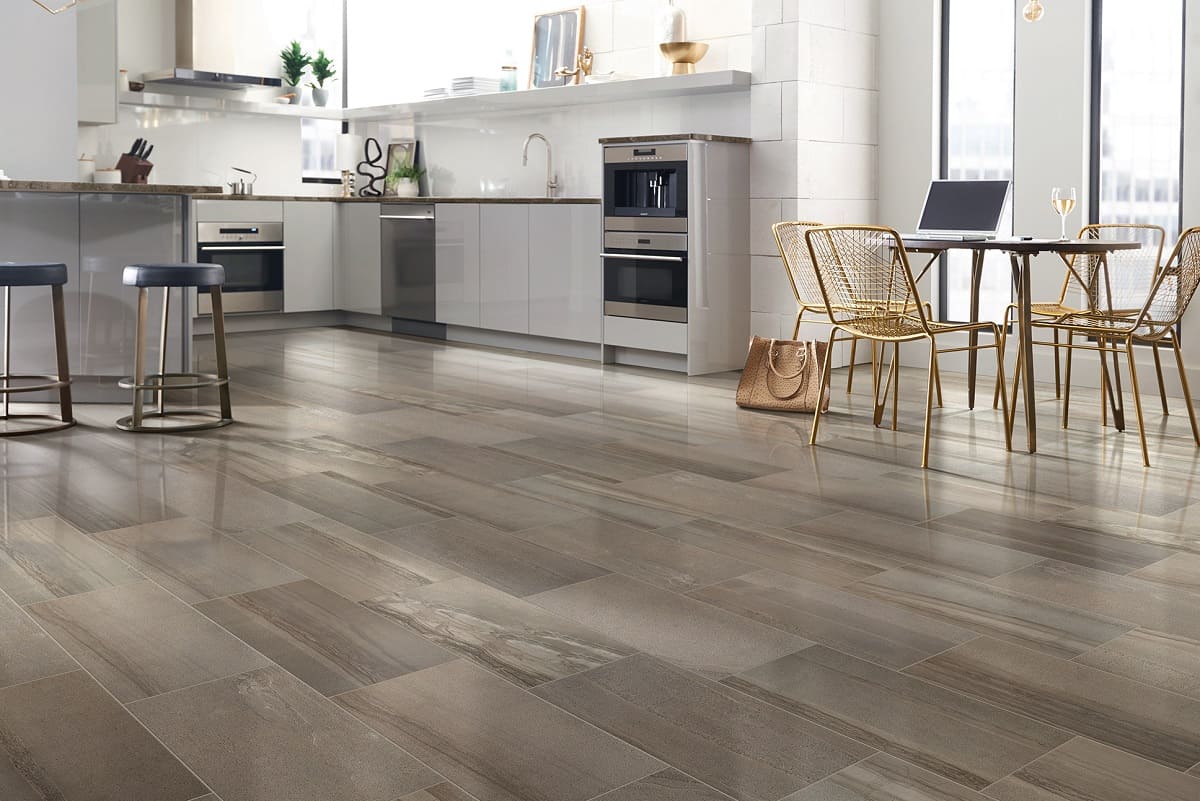
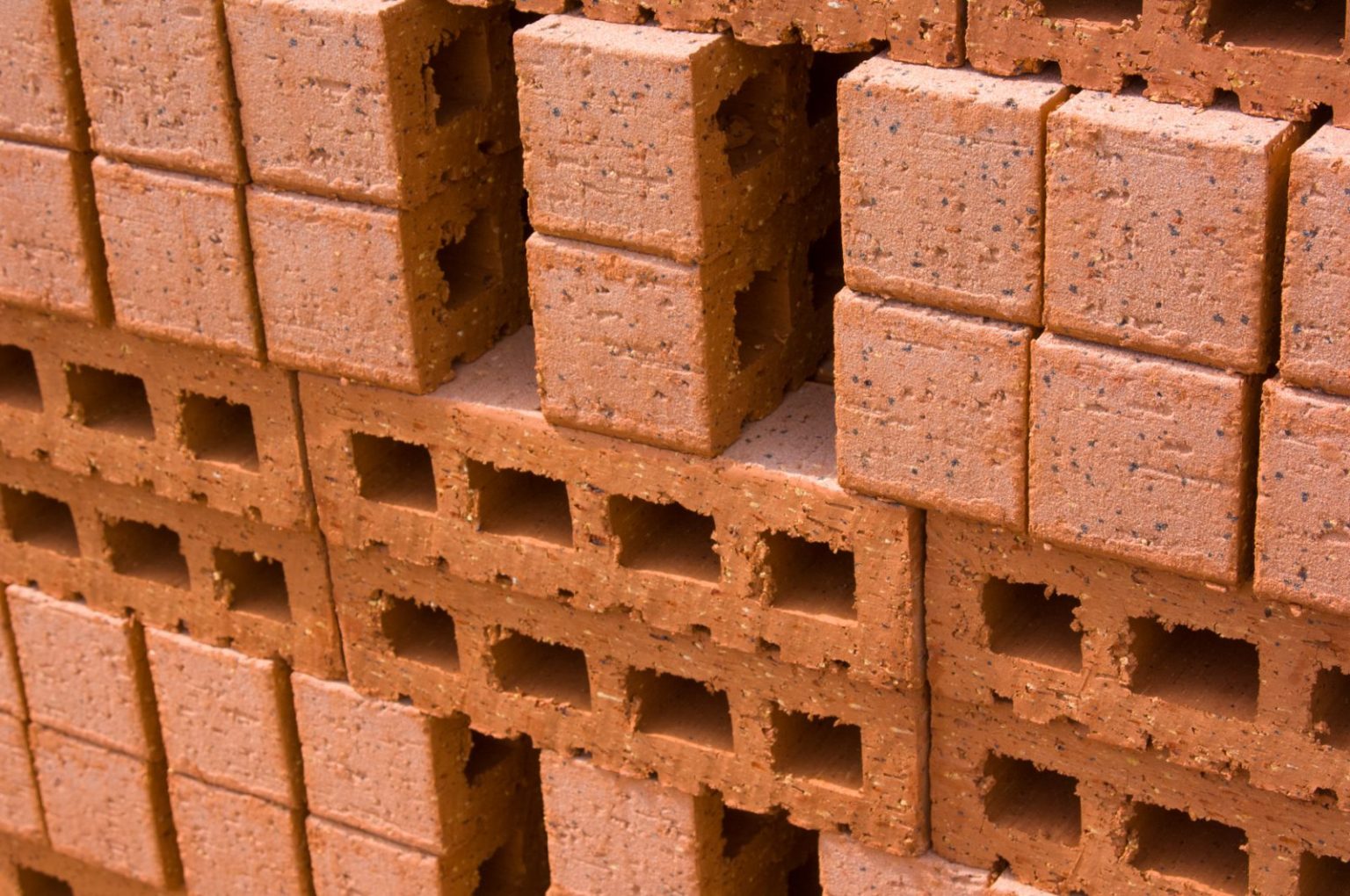
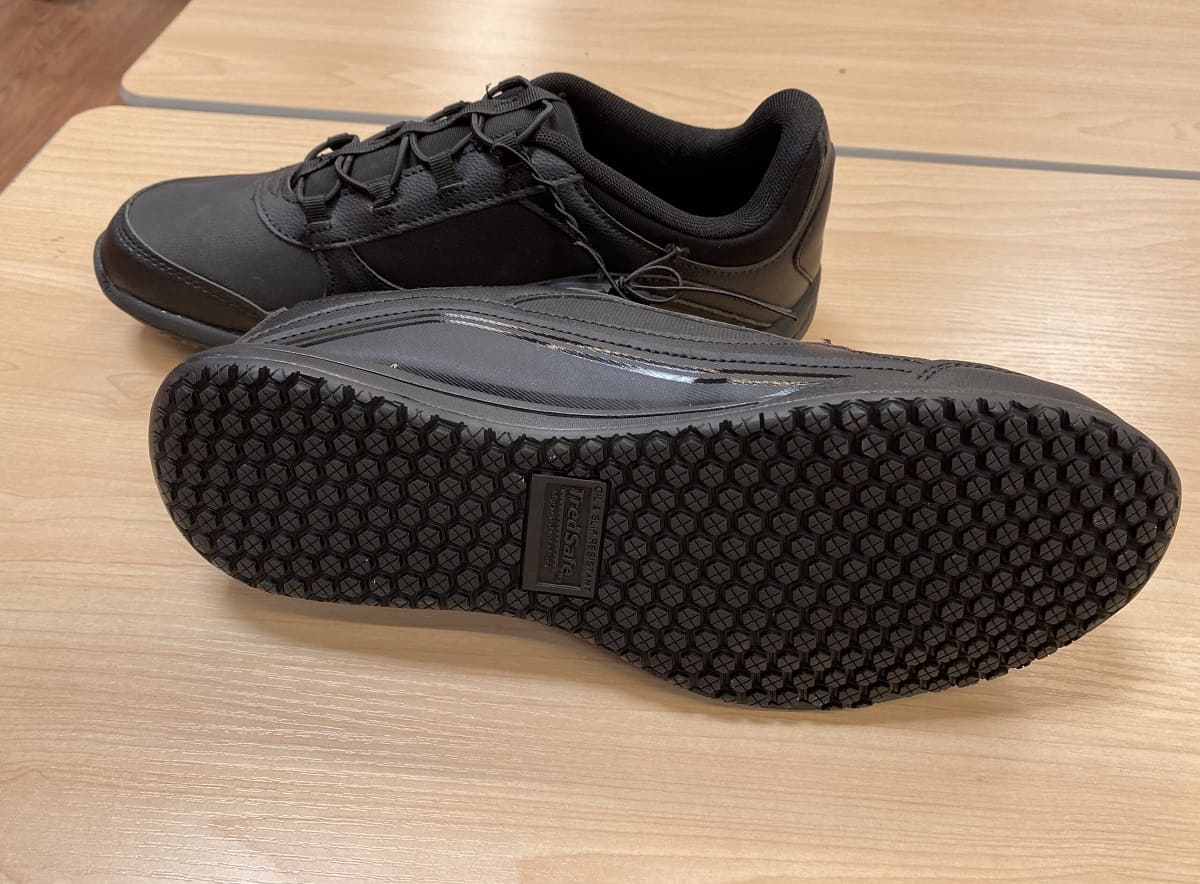
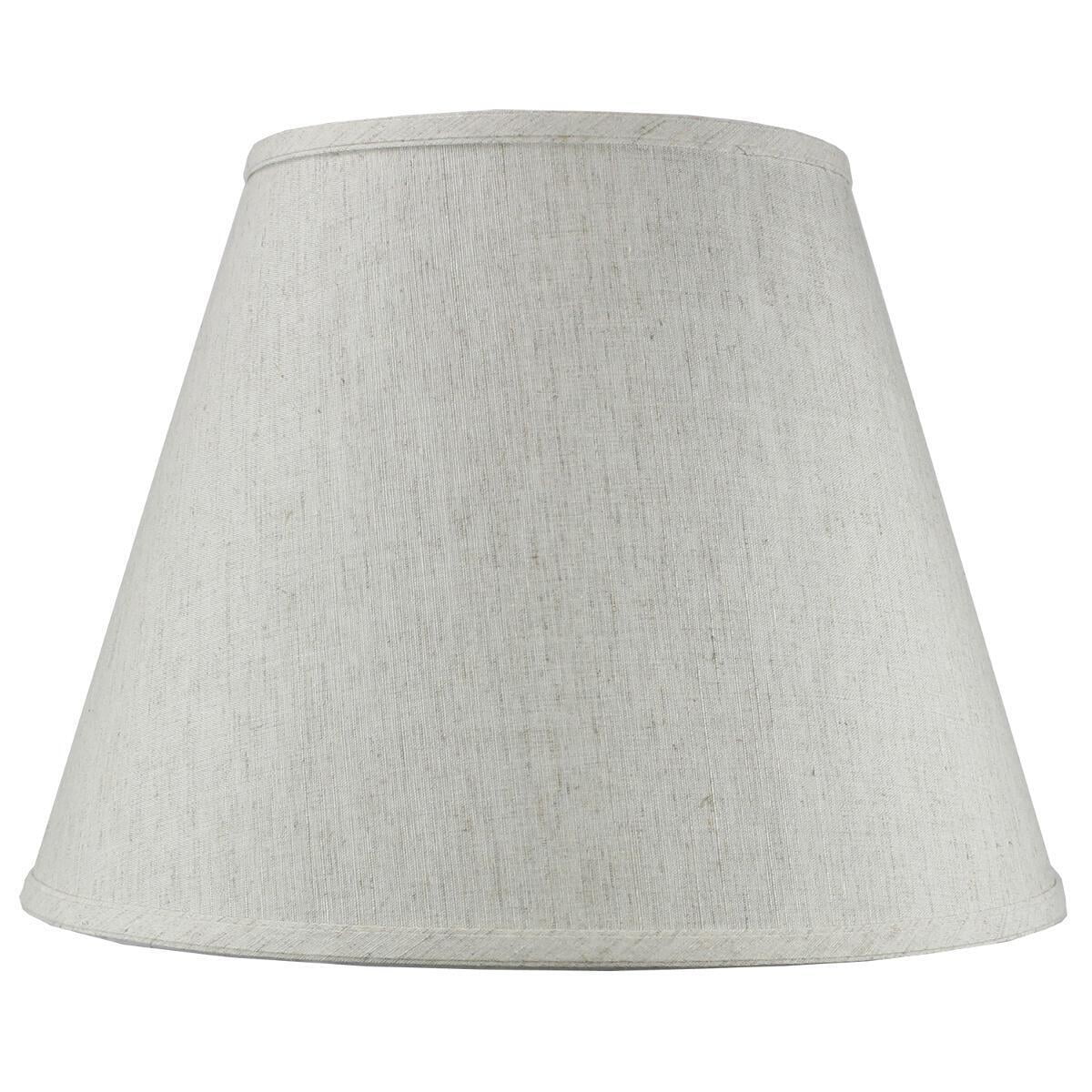
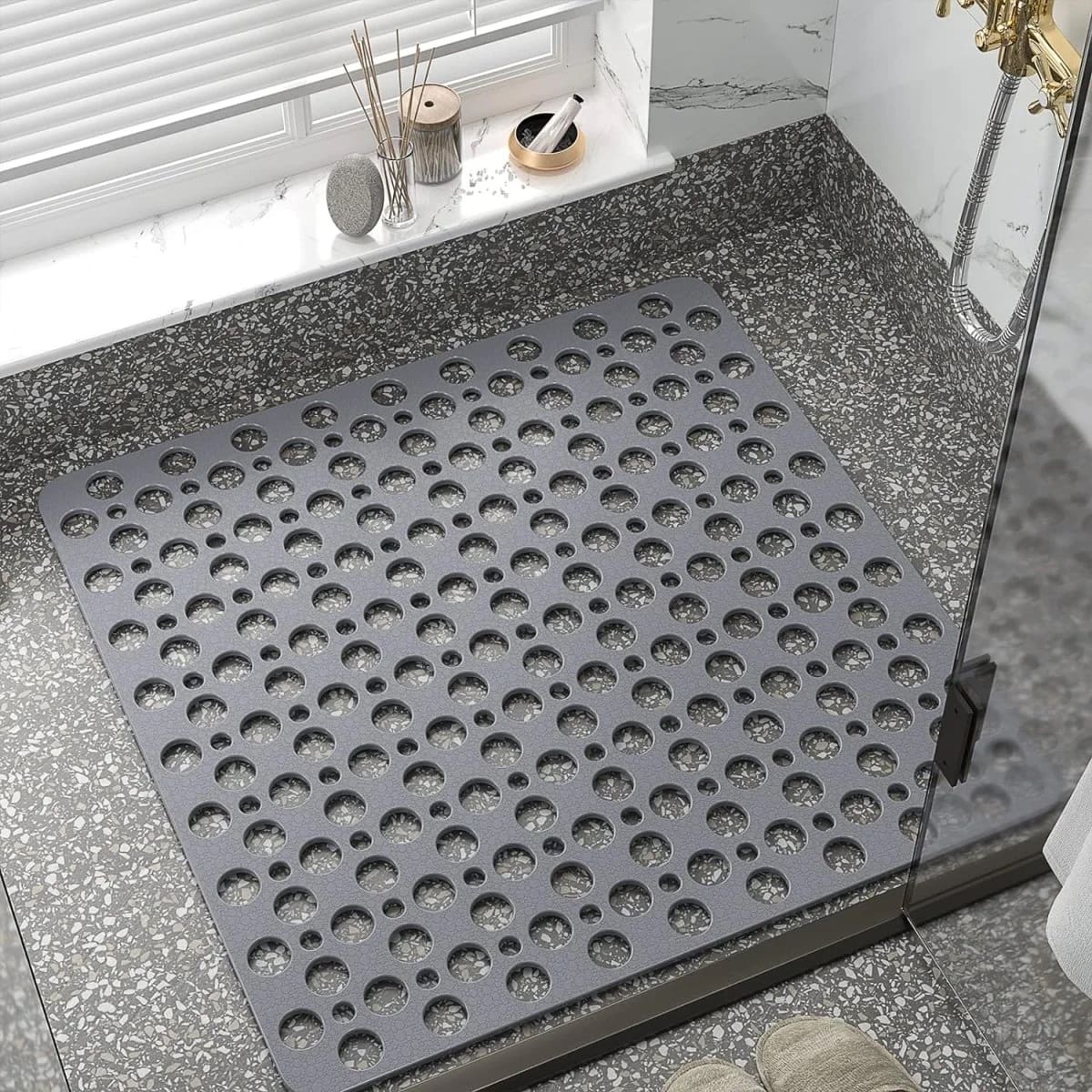
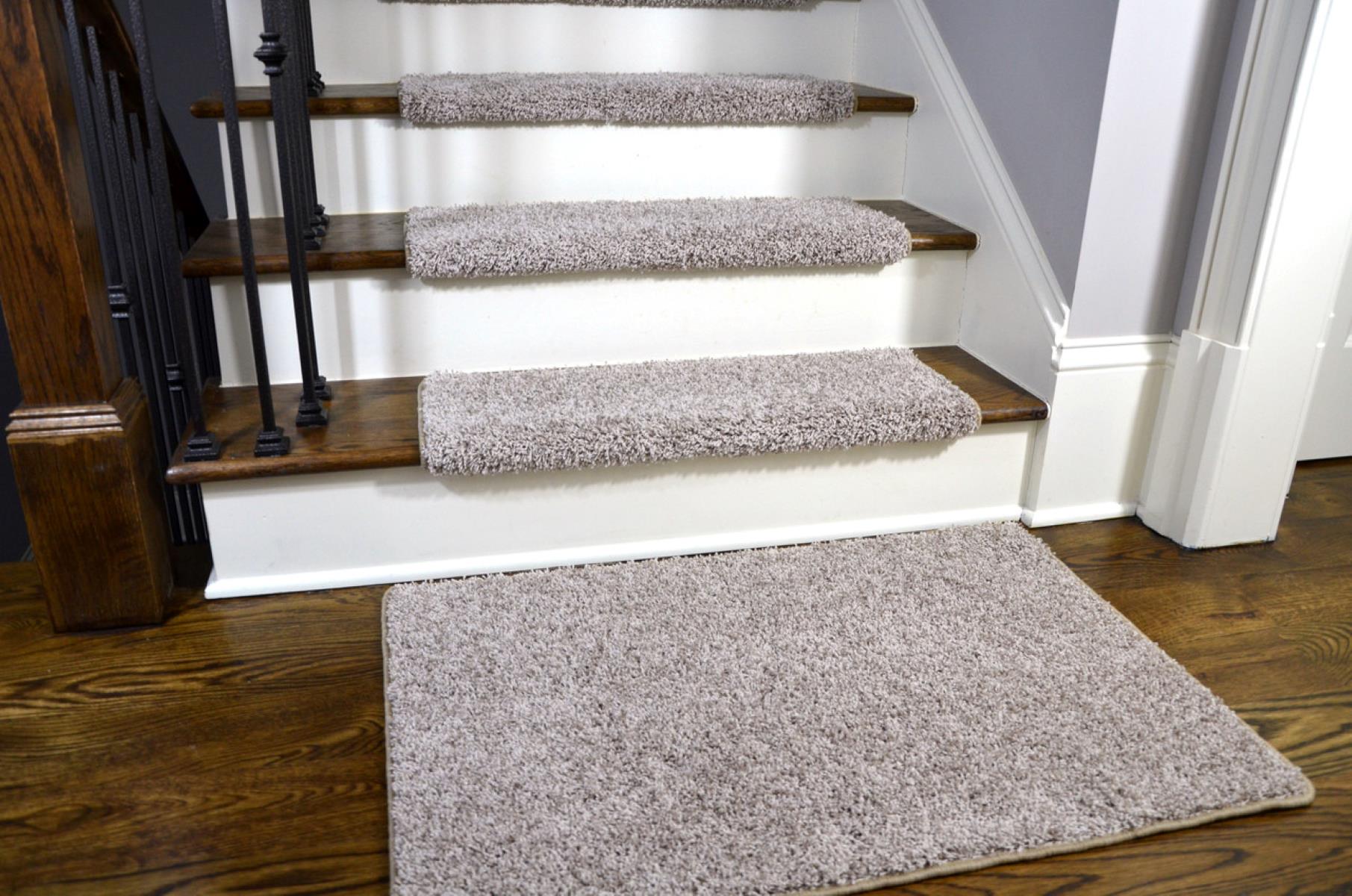
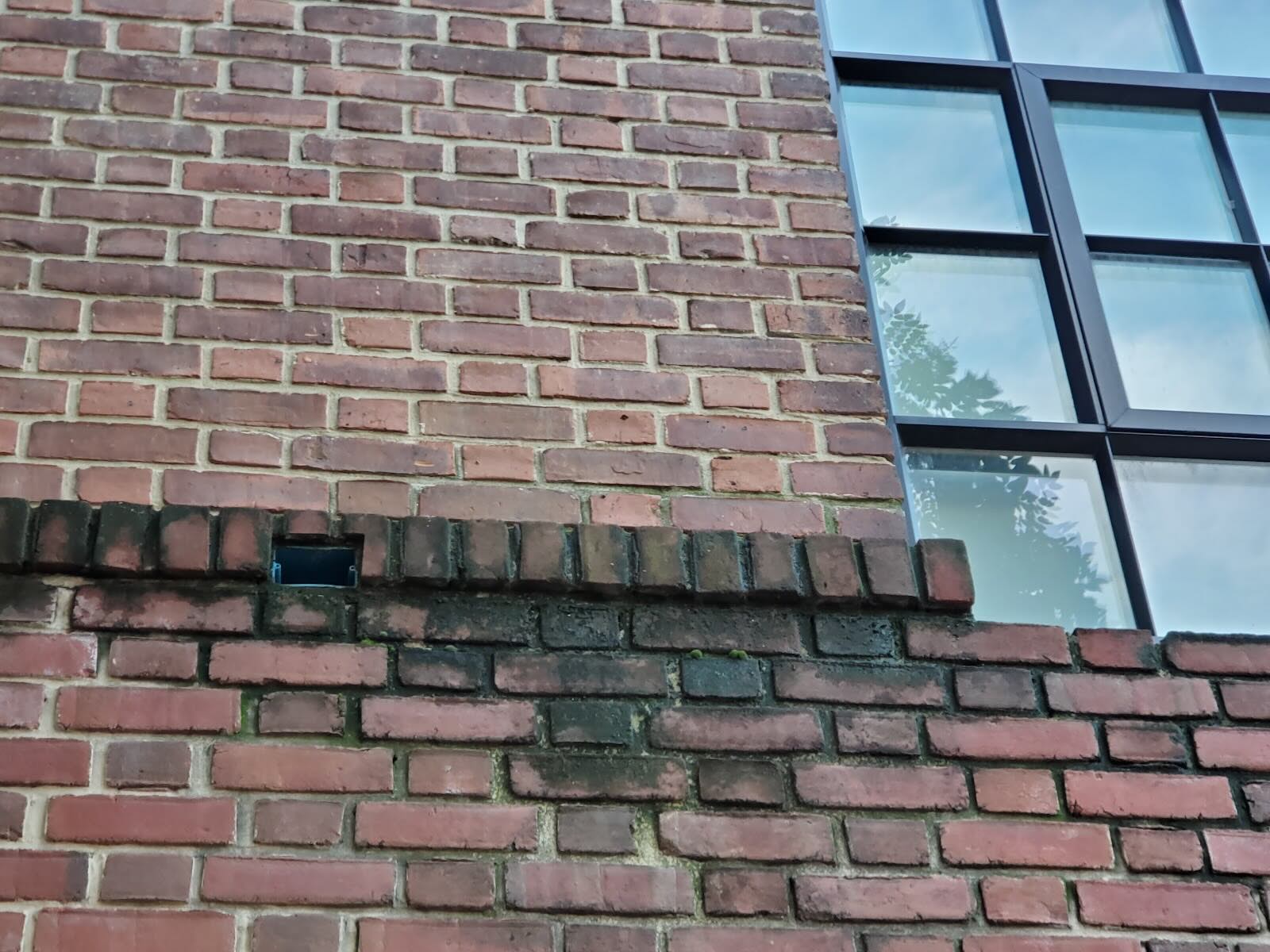
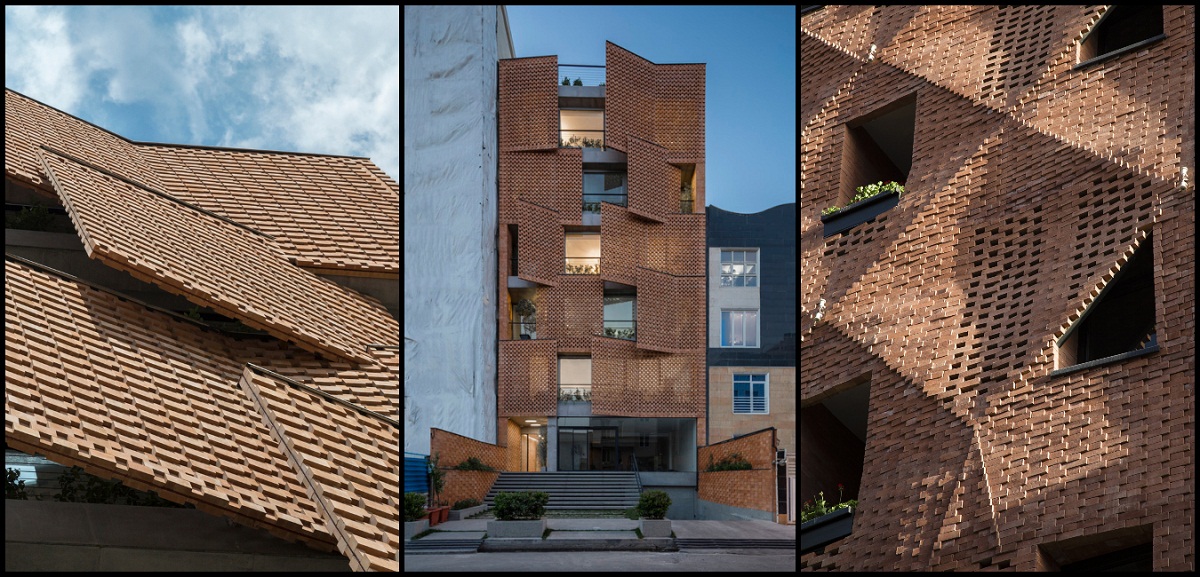
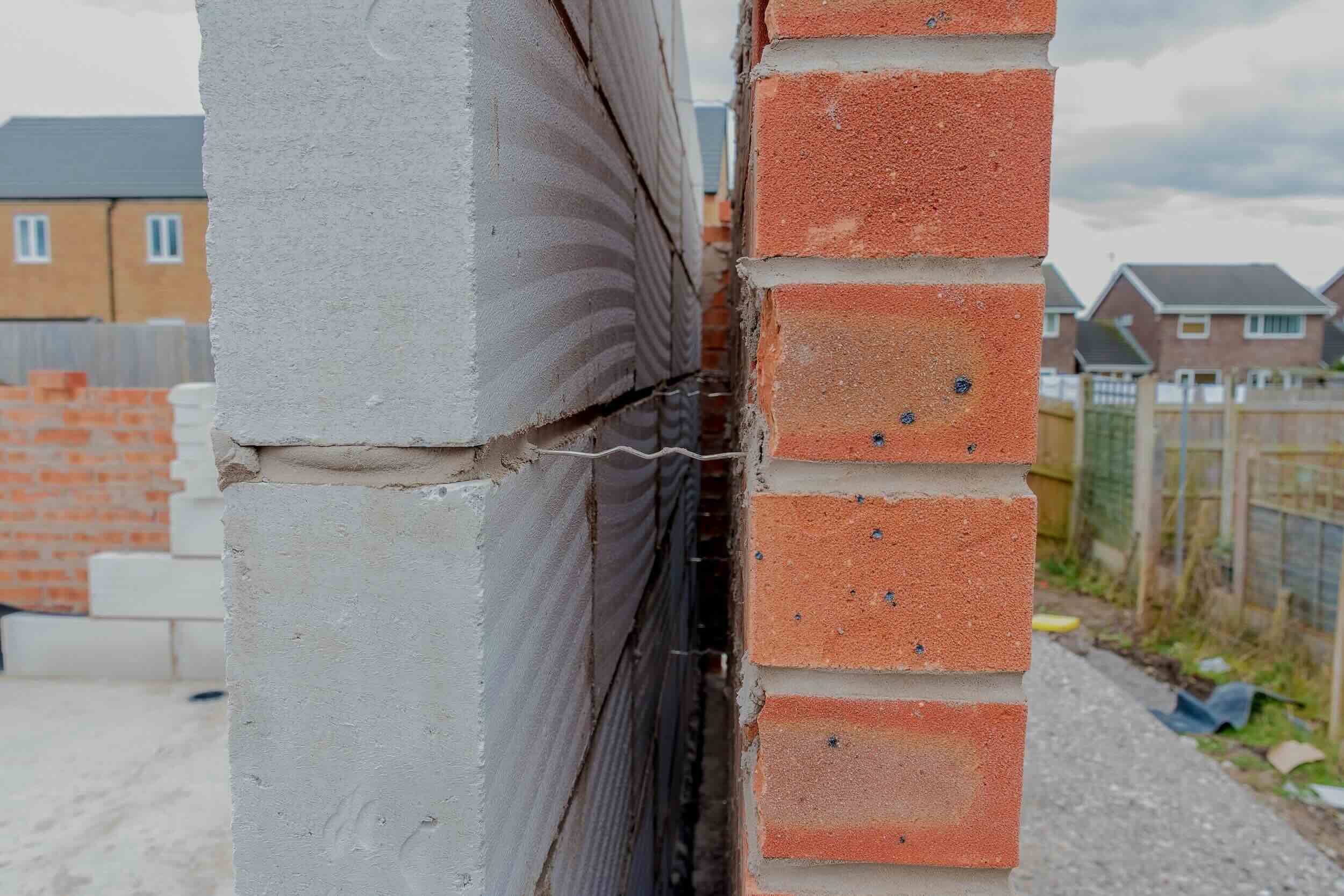
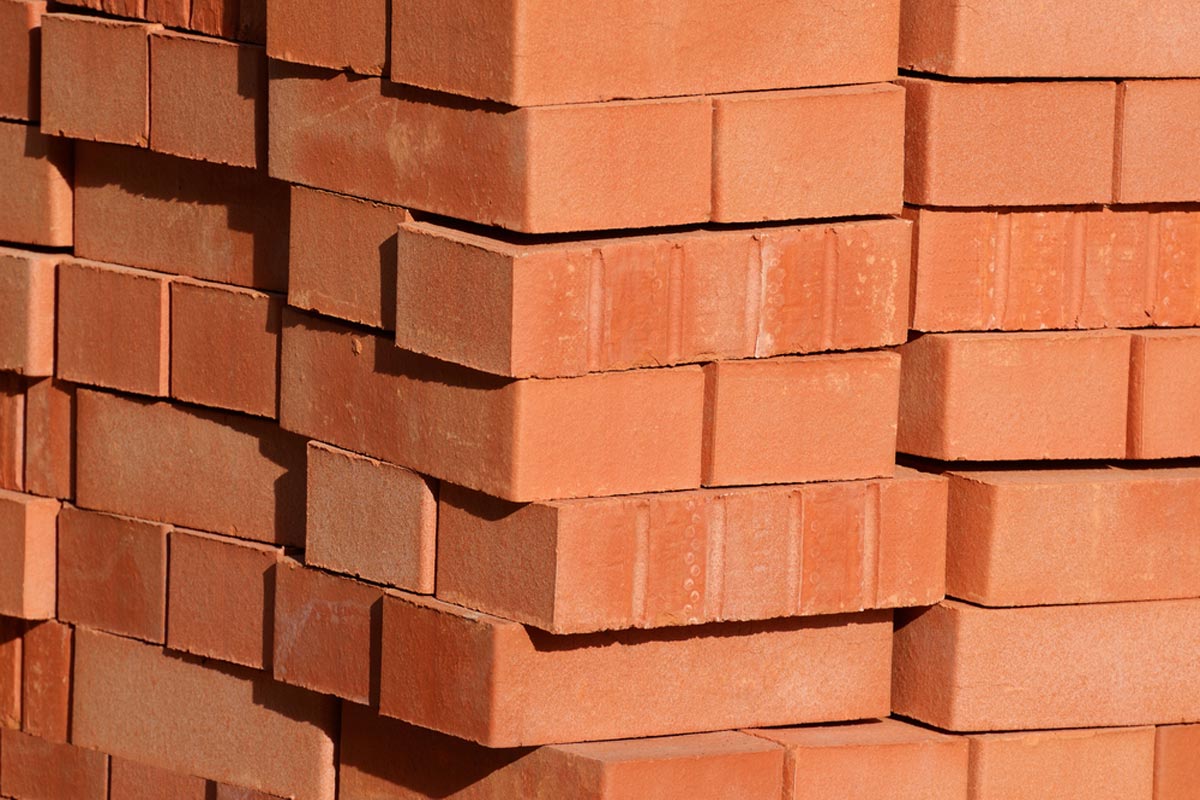
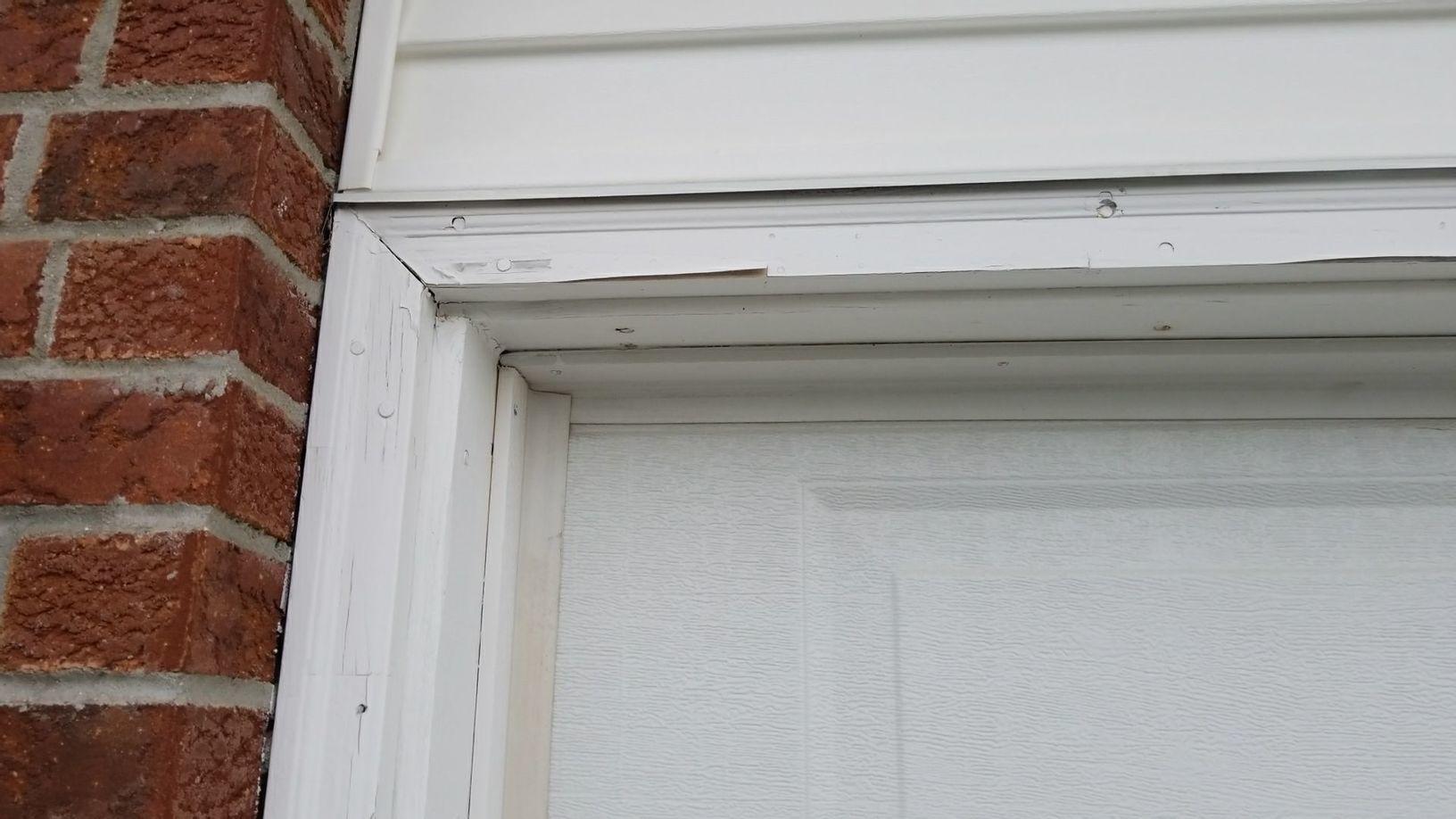
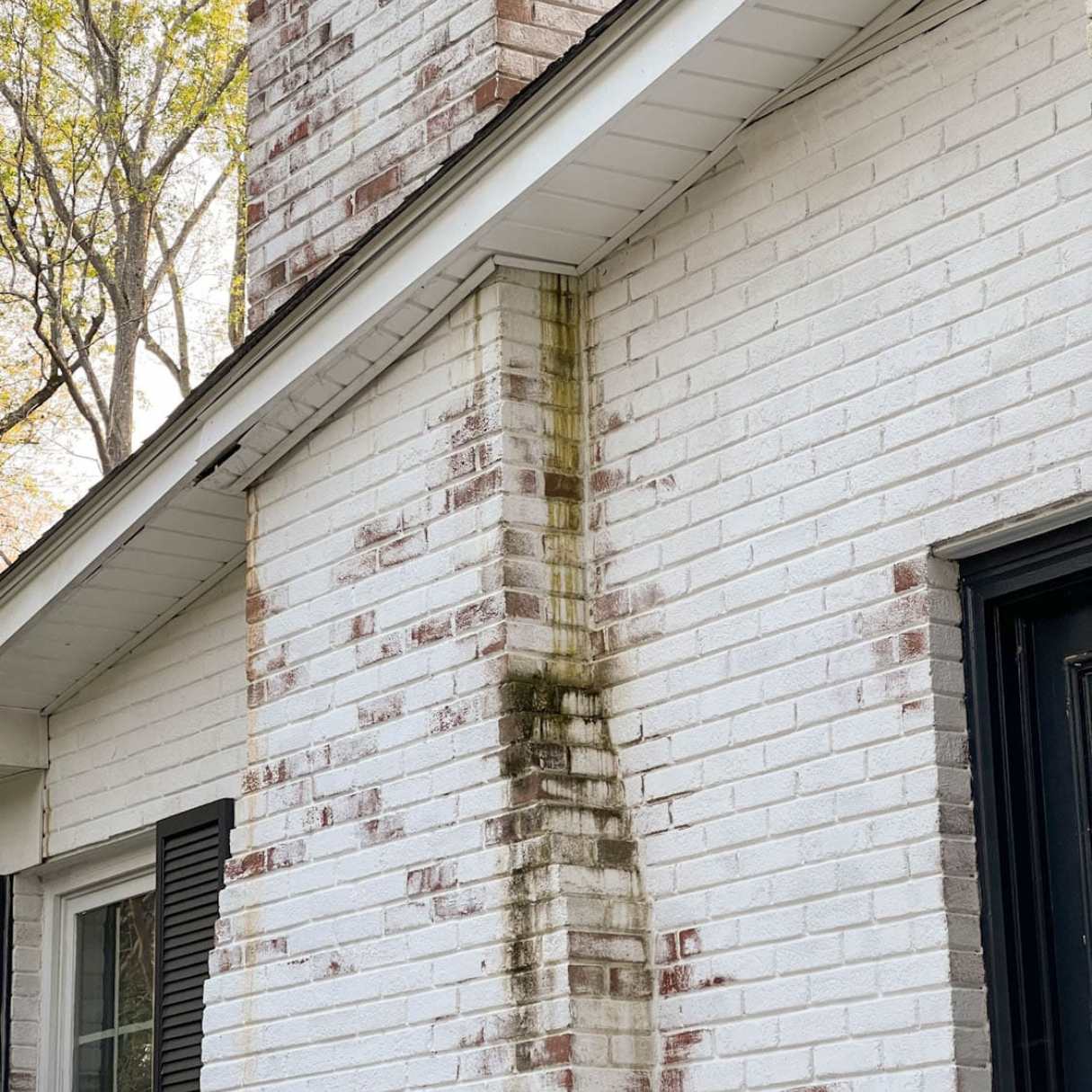

0 thoughts on “What Is A Brick Slip”